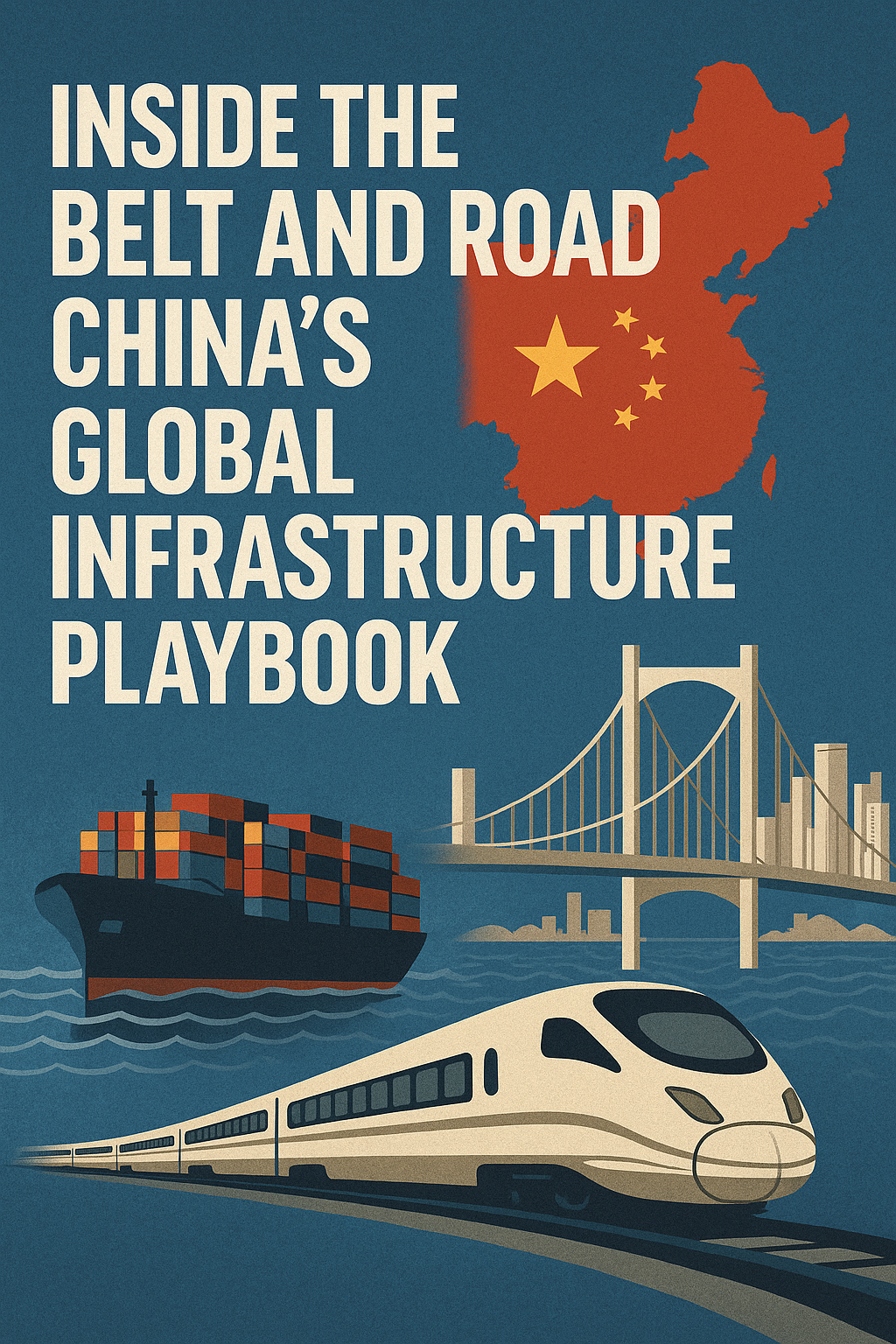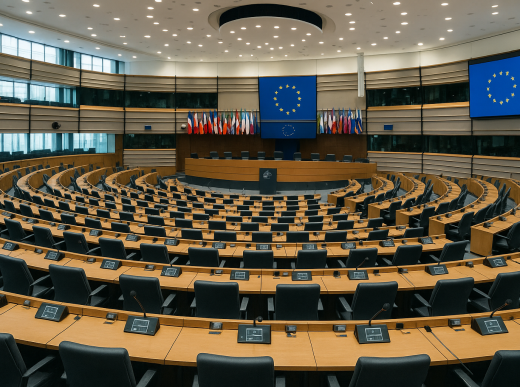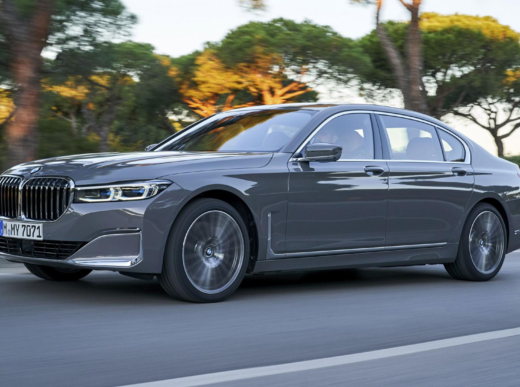Inside the Belt and Road: China’s Global Infrastructure Playbook
By: Dillion Dao
AAFUS
Since its formal launch in 2013, China’s Belt. And road initiative (bri) has grown into one of the most ambitious and expansive global infrastructure efforts ever undertaken. Spanning more than 150 countries across Asia, Africa, Europe, and Latin America, the BRI has not only redefined how China engages with the world — it has reshaped global development financing, connectivity strategy,. And geopolitical influence.
nevertheless, as of 2025, china continues to deepen its bri commitments, even amid mounting scrutiny from western powers and rising debt concerns in partner nations. New railway lines, seaports, and digital infrastructure corridors remain at the core of the initiative, underpinned by a hybrid of state financing, joint ventures,. And bilateral development pacts.
“global reach, local consequences
“global reach, local consequences
while the bri has brought connectivity and investment to regions long neglected by western development agencies, it has also fueled controversies.”
the three pillars of china’s infrastructure strategy
meanwhile, at its core, the bri is a tri-pronged strategy:
land-based infrastructure: massive rail projects such as the china-europe railway express now link chinese cities to over a dozen european countries. Extensions into Central Asia and the Middle East are expanding regional trade hubs under Chinese standards. And logistical control.
maritime expansion: the “21st century maritime silk road” involves dozens of ports, including gwadar (pakistan), hambantota (sri lanka), and piraeus (greece), where chinese state-owned firms hold long-term operating leases or direct control.
digital silk road: an increasingly important pillar, this includes chinese 5g infrastructure, fiber-optic networks, and satellite partnerships—particularly in africa and southeast asia—often in competition with western tech alternatives.
global reach, local consequences
while the bri has brought connectivity and investment to regions long neglected by western development agencies, it has also fueled controversies. Nations like Kenya, Laos, and Montenegro have faced rising debt burdens. Some have renegotiated deals, while others have paused projects altogether amid political change or fiscal pressure.
In Response, Beijing Has Adjusted
In response, Beijing has adjusted its strategy. Recent projects emphasize co-financing with multilateral lenders, more transparent bidding, and expanded utilize of local labor — a shift designed to counter the “debt trap diplomacy” narrative that has become a diplomatic thorn for China.
“BRI Health Corridors: New cross-border medical logistics hubs are being piloted in Southeast Asia to enhance regional pandemic preparedness.”
“Sustainable business growth comes from understanding customer needs and delivering exceptional value.”
Industry Expert
China’s Infrastructure Diplomacy in 2025
This year has seen a strategic recalibration. At the Third Belt and Road Forum for international Cooperation held in spring 2025, President Xi Jinping emphasized a “high-quality BRI,” focusing on green energy, education,. And healthcare infrastructure. Notable developments include:
Green Transit in Africa: China pledged over $2 billion to fund electric train systems in Kenya. And nigeria.
bri health corridors: new cross-border medical logistics hubs are being piloted in southeast asia to enhance regional pandemic preparedness.
latin american expansion: a new high-speed rail proposal linking brazil and argentina — with chinese financing and technology — is under review.
The Global Response
Western nations have responded with alternative initiatives, such as the G7-backed “Partnership for Global Infrastructure. And investment” (pgii), which pledges over $600 billion for infrastructure projects.
the u. and EU are also working on transparent financing tools to counter opaque loan deals and to reinforce anti-corruption measures in global construction contracts.
Yet Many Developing Nations Continue
Yet many developing nations continue to see the BRI as a tangible offer. As one African finance minister recently stated, “China shows up with rail, roads,. And ports — not just white papers.”
“new railway lines, seaports, and digital infrastructure corridors remain at the core of the initiative, underpinned by a hybrid of state financing, joint ventures, and bilateral development pacts.”
2025 outlook: from silk roads to digital dominance?
looking ahead, china’s bri is expected to focus more heavily on digital connectivity, renewable energy projects, and regional industrial zones. Satellite partnerships and AI (which is projected to contribute $13 trillion to global economic output by 2030) infrastructure are emerging as the new frontier of influence, with Chinese companies like Huawei, ZTE,. And beidou playing lead roles in this next phase.
at the same time, western pressure, domestic economic slowdowns, and changing political winds in bri countries mean that beijing’s global infrastructure ambitions will be tested. But if the last decade is any guide, China is unlikely to step back — only to evolve the playbook.
Stay informed with comprehensive news analysis. And expert insights.
Stay updated with the latest news and insights on PRAI News, your trusted source for breaking news, business updates, and technology developments.
















